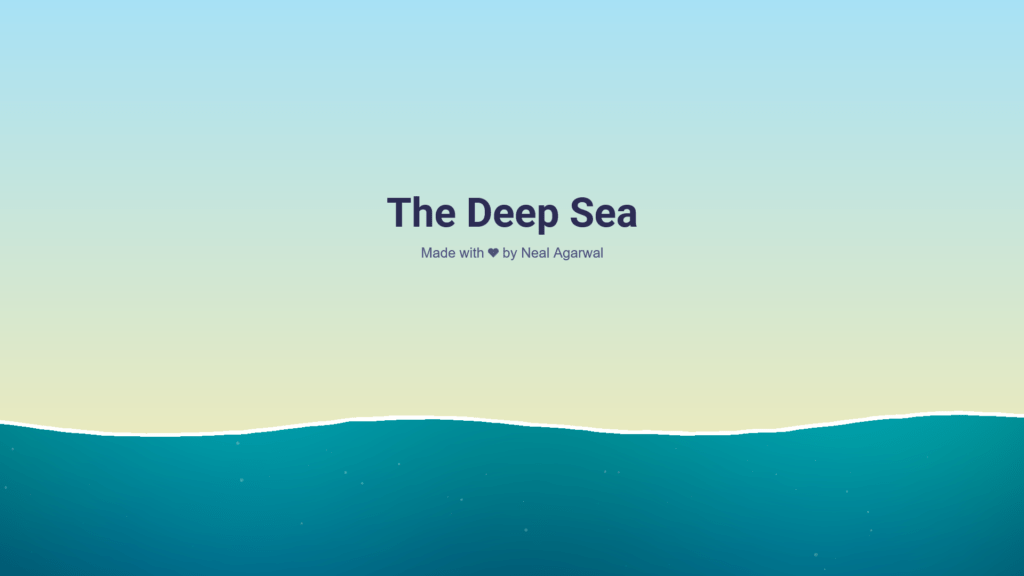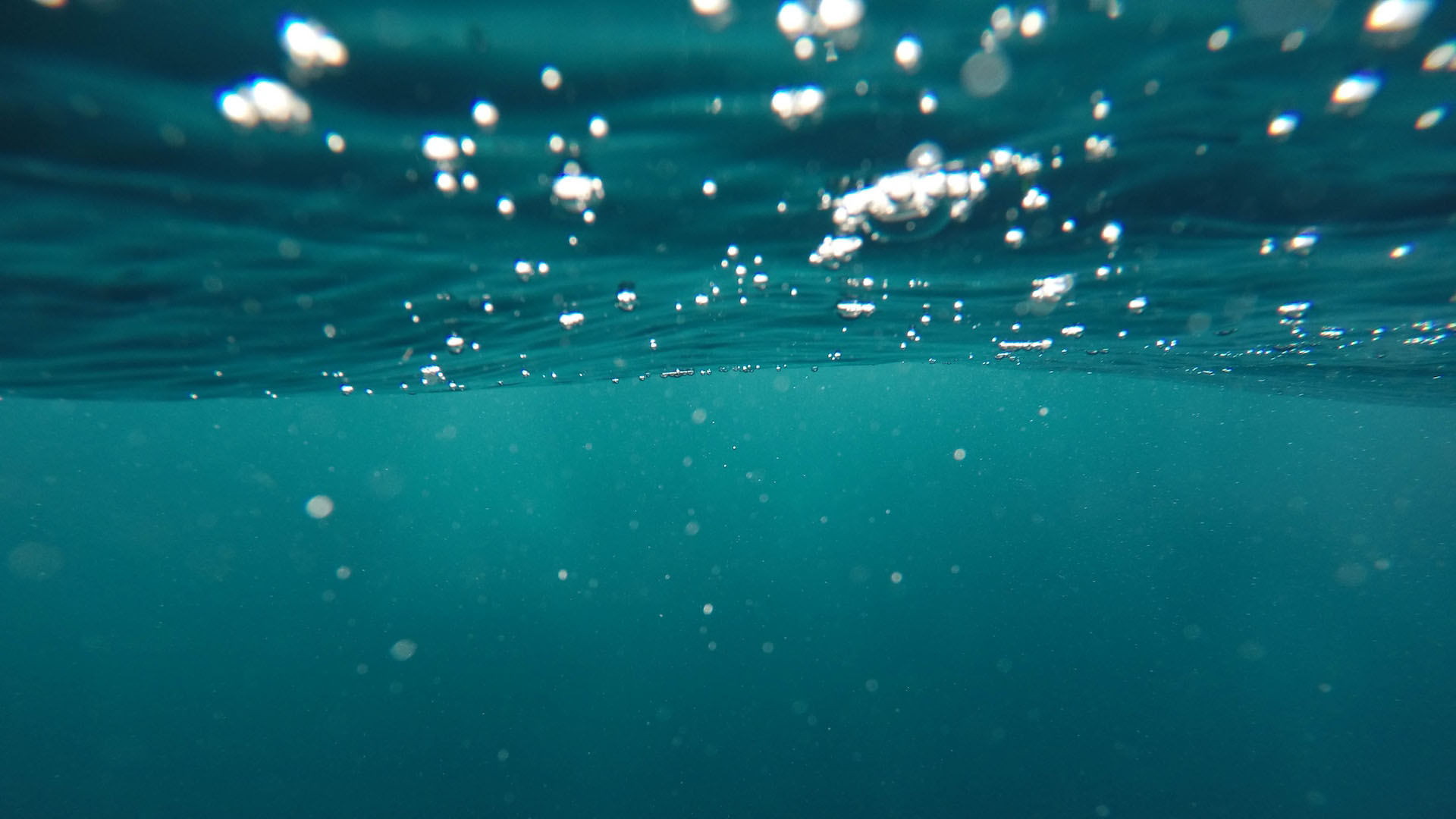The search continues to find the missing crew aboard the Titan submarine which may be 13,000 feet below the surface.
Efforts continued, Thursday, June 22, to try to find the private submarine Titan, missing for five days when he was to go near the wreck of the Titanic. For the occupants of the lost submersible, the situation is critical today: estimates suggest that the water and oxygen reserves will be insufficient to survive beyond this date.
If suspicious noises ended up being picked up this week, their nature and origin had still not been able to be determined with accuracy. It must be said that the research area is gigantic: it plunges up to 4,000 meters deep (the Titanic is at 3,800 meters) and covers 20,000 km². It is twice the area of Île-de-France.
The extreme character of these distances can be difficult to apprehend on dry land, because the situation does not change when one travels horizontally 4 km. Everything changes, however, when you go underwater: the pressure increases more and more, while darkness takes up residence everywhere. It’s like an ascent, where the air becomes thinner and the cold increases.
The maximum depth of the ocean sinks three times deeper than the Titanic
To get a better idea of how far the Titanic is from the surface, there are very educational visualizations, which help to grasp the complexity of the searches when a submersible falls to the bottom of the sea. First, the waves radio are hampered by water. Unable to use a GPS. Then the ocean plunges much deeper than 4,000 meters.
In fact, this distance of 4,000 meters corresponds rather to the average depth of the oceans, recalls the American agency for oceanic and atmospheric observation (NOAA). The most recent estimate, made in 2010, puts it at 3,682 meters. The Titanic wreck is just 139 meters below. And the deepest point that we know today? 10,395 meters.
That’s where the Neal.fun site comes in, with an interactive site that allows you to virtually descend to the bottom of the water with your mouse wheel. You will come across marine fauna as well as notable points: the record dive by a human, the wreck of the Titanic, the disappearance of light at a certain moment or the different layers of the ocean.

You will understand, for example, that marine life is concentrated rather near the surface. You will also see that sea creatures end up producing their own light, with bioluminescence, in the great depths. You will also find that you will have to scroll some time before reaching the bottom of the ocean.
You will also see that the lowest point in the ocean known to date is very close to the Mariana Trench in the Pacific Ocean, far off the coast of the Philippines. It’s a pit, called Challenger Deep, that was spotted in the 1950s and explored by a submersible ten years later. Two men were aboard the submarine, the Trieste.
Several strata make up the ocean: up to 200 meters deep, we speak of the epipelagic zone. Then come the mesopelagic (200-1,000 m), bathypelagic (1,000-4,000 m), abyssopelagic (4,000-6,000 m), hadopelagic (beyond 6,000 m) zones. The wreck of the Titanic is almost at the entrance to the abyssal zone.
At this depth, there is no longer any light coming from the Sun. It is very cold there, with a temperature of zero. As for the pressures exerted by the mass of water, they are considerable: they can reach 600 times that which one encounters on the surface. Impossible for humans to go down there without a very resistant submersible.
Subscribe to Numerama on Google News to not miss any news!
